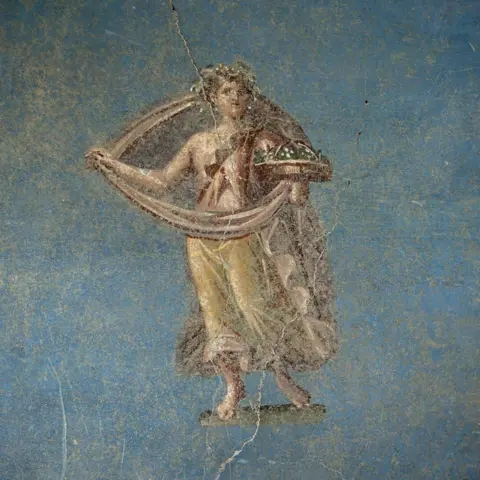Mastodon Jaw Unearthed in New York Backyard Unveils History
A New York homeowner unearthed a complete mastodon jaw, unlocking secrets about Ice Age ecosystems and our planet's prehistoric past.
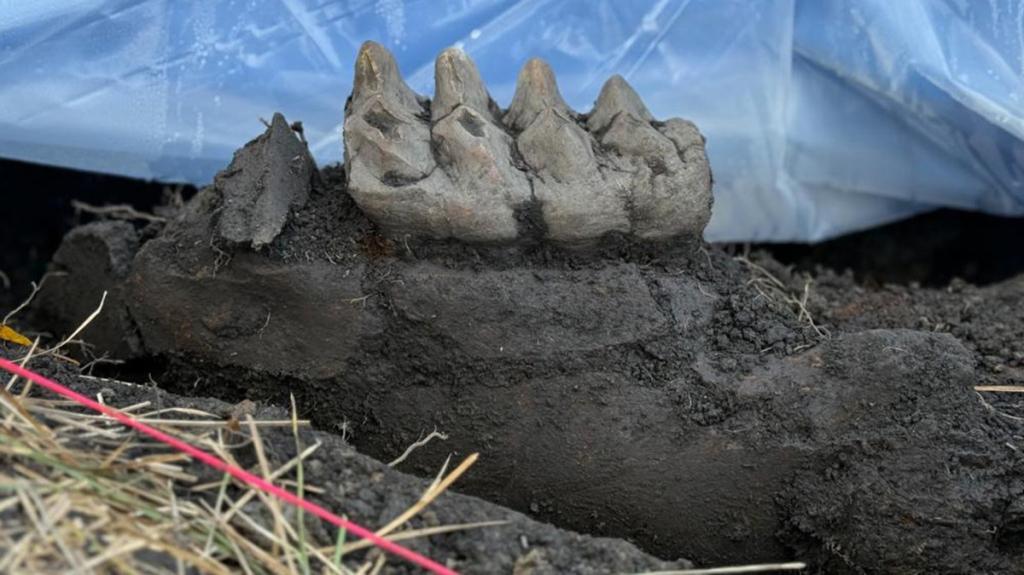
Key Points
- A homeowner in New York discovered a complete mastodon jaw, marking the first find of its kind in over a decade.
- The excavation revealed valuable bone fragments, offering insights into the diet and habitat of mastodons, relatives of modern elephants.
- This discovery highlights the importance of public engagement in archaeology and the ongoing exploration of our planet's rich history.
In a remarkable twist of fate, a homeowner in upstate New York stumbled upon a piece of the past while tending their garden. What began as a curious examination of two large, peculiar teeth poking through the soil transformed into a significant archaeological discovery—a complete mastodon jaw nestled beneath the surface. This finding not only excites the scientific community but also offers a unique glimpse into North America’s Ice Age history.
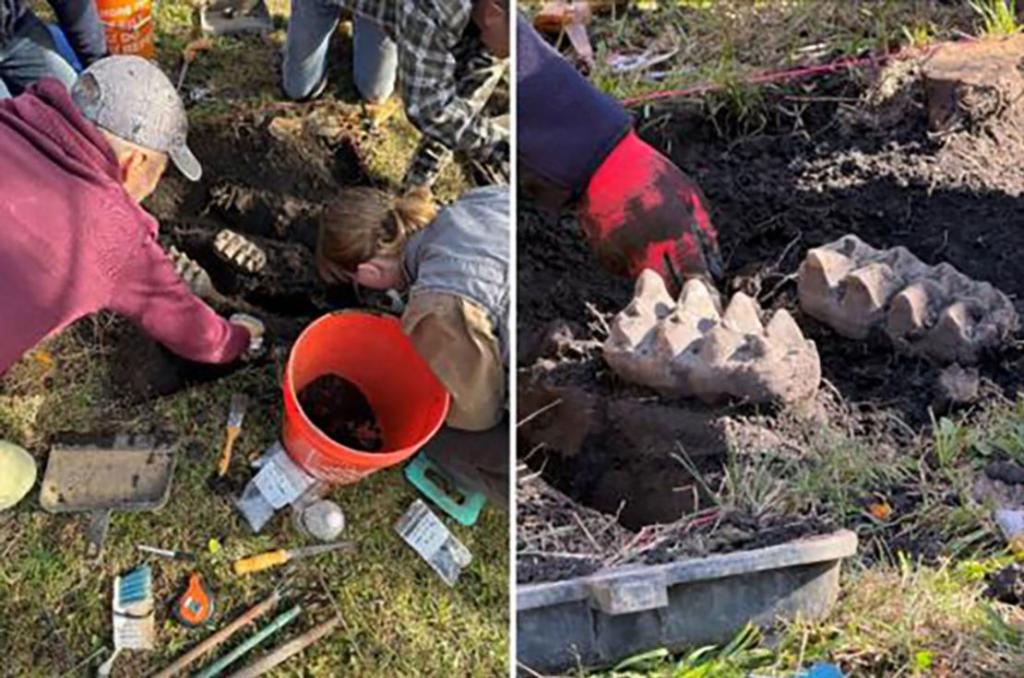
Located just 70 miles northwest of New York City in a hamlet called Scotchtown, the jaw was excavated in late September by teams from the New York State Museum and the
. The homeowner, who preferred to remain anonymous, initially mistook the fossils for baseballs. Upon recognition of their significance, they proactively contacted experts, leading to an excavation that revealed not only a perfectly preserved adult mastodon jaw but also fragments of toe bones and ribs.
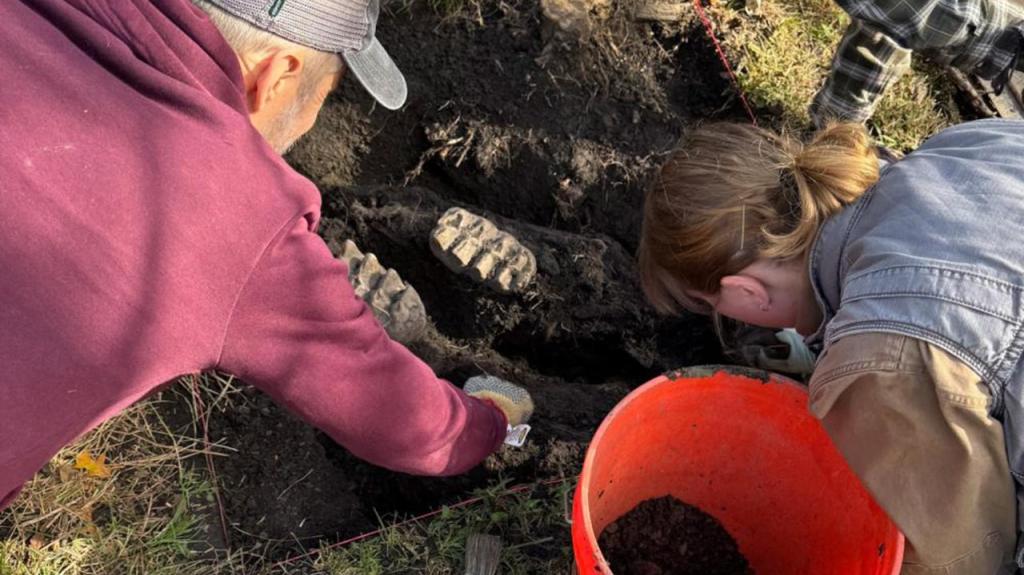
The excavation effort lasted about two and a half days, during which researchers unearthed valuable bone fragments alongside the jaw. According to Dr. Robert Feranec, the director of research and collections at the New York State Museum, this discovery is the first complete mastodon jaw found in New York in over a decade. With more than 150 mastodon fossils identified across the state—one-third of which are from Orange County—this area is recognized as a hotspot for paleontological finds.
Understanding the Impact of the Discovery
The importance of this find cannot be understated. Mastodons, distant relatives of modern elephants, roamed North America from roughly 3.75 million to 11,000 years ago. They had unique dietary habits, primarily feeding on trees, shrubs, and plants. Unlike their mammoth cousins, mastodons possessed larger, boxy teeth adapted for grinding up foliage rather than grazing on grass.

Researchers plan to conduct carbon dating on the retrieved fossils to ascertain the age of the mastodon and gain insights into its dietary habits and habitat. Dr. Cory Harris, chair of SUNY Orange’s Behavioral Sciences Department, remarked that the additional fragments offer valuable context for ongoing studies, highlighting the potential for further discoveries in the vicinity. This beckons the importance of encouraging the public to report any substantial finds, contributing to the ever-evolving narrative of our ecological history.
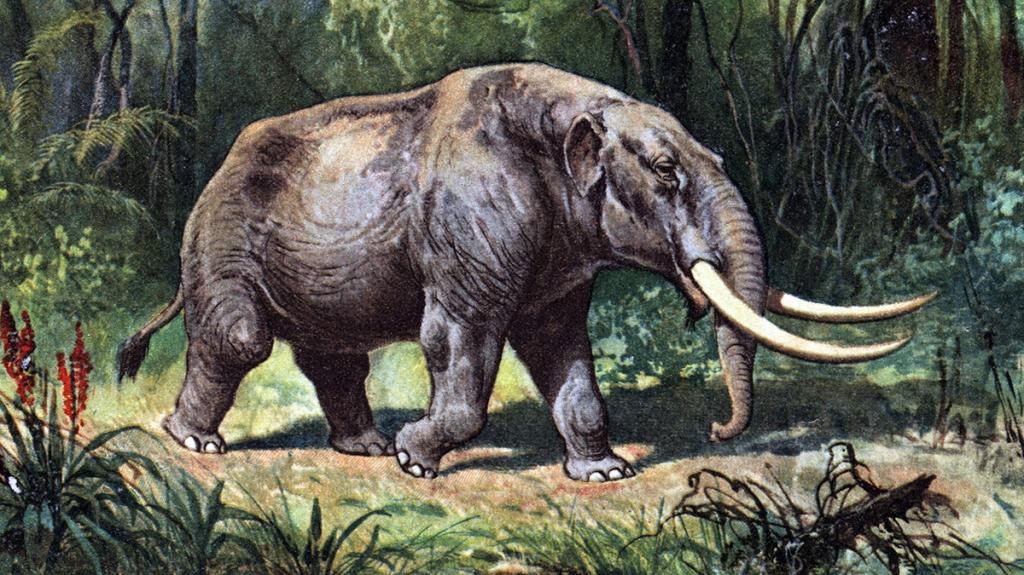
A Lesson on Preservation and Public Engagement
The excitement surrounding the mastodon jaw serves as a reminder of our shared responsibility in preserving Earth's rich history. As excavations proceed, the mastodon jaw and related artifacts will be showcased to the public in 2025, igniting curiosity and appreciation for our natural heritage. The expectation is that displays like these will inspire future generations to cherish and protect archaeological sites across the globe.
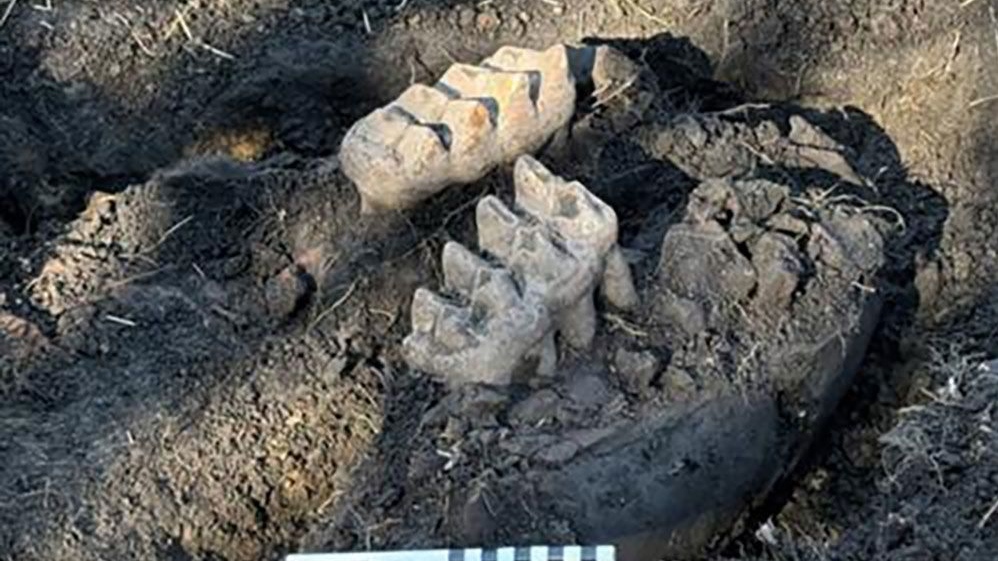
This story of discovery emphasizes the endless opportunities that lie beneath our feet. Whether it’s unearthing a mammoth jaw or uncovering a common artifact from years gone by, reminders of our planet’s rich past continually emerge in the unlikeliest of places. Be vigilant, for you might just unearth a significant piece of history!
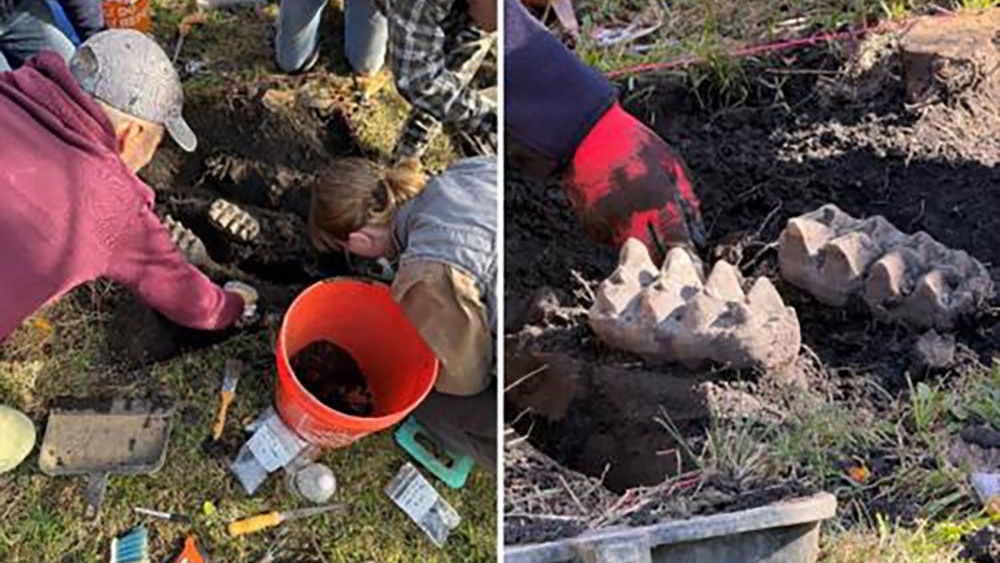
As we await the results from the ongoing analysis of this extraordinary find, it’s clear that each discovery is a step toward piecing together the rich tapestry of life on Earth. The mastodon jaw not only enhances our comprehension of the Ice Age ecosystems but also underlines the vital connection between our past and present. Let us cherish and protect these remarkable pieces of history as we continue to explore the great mysteries of our world.
